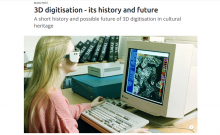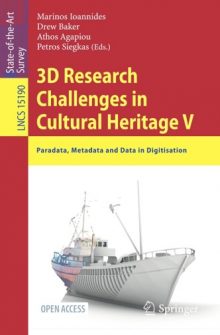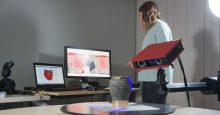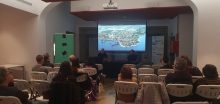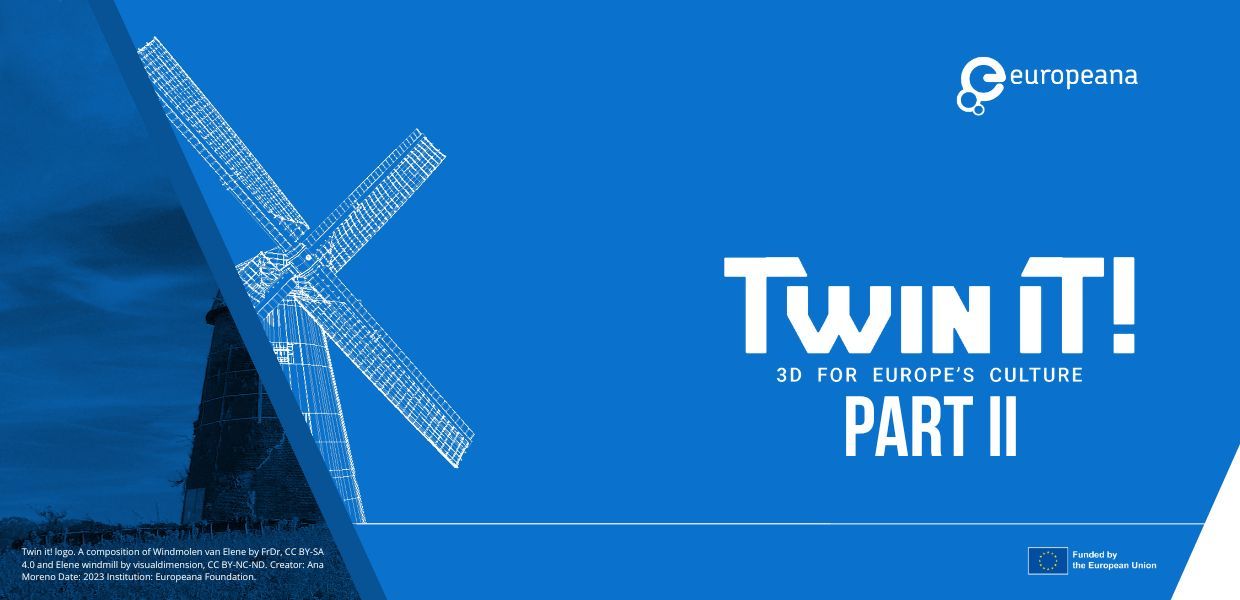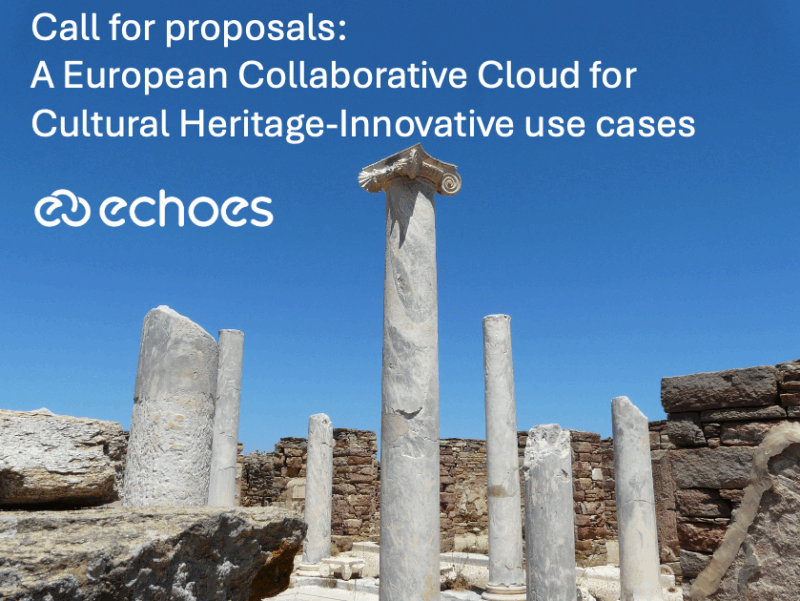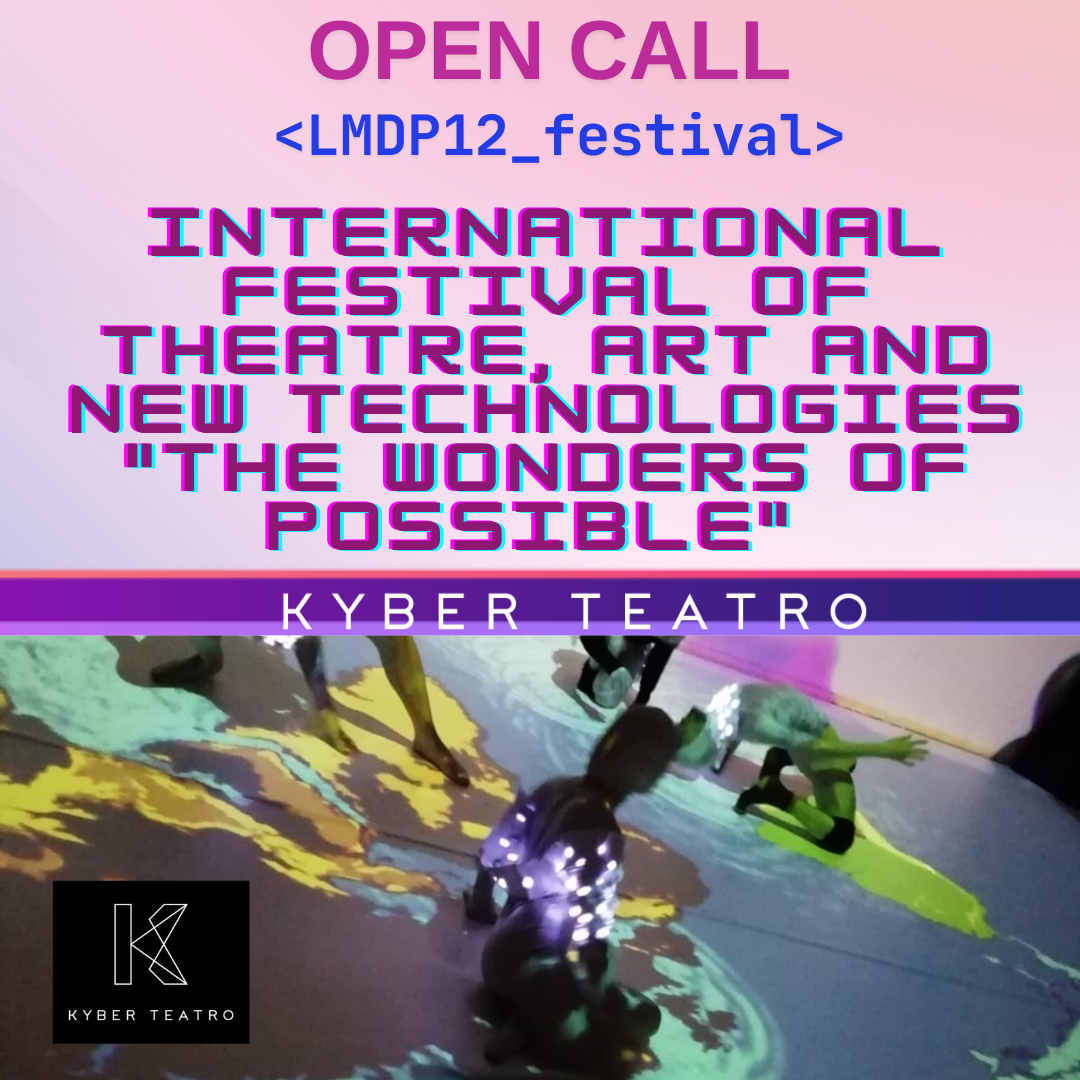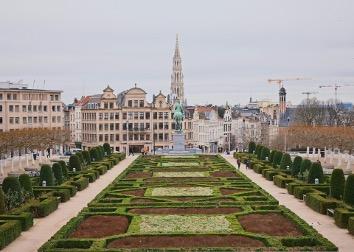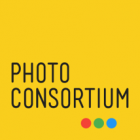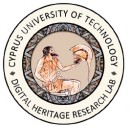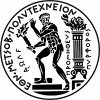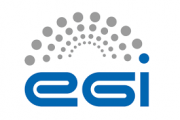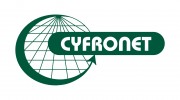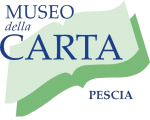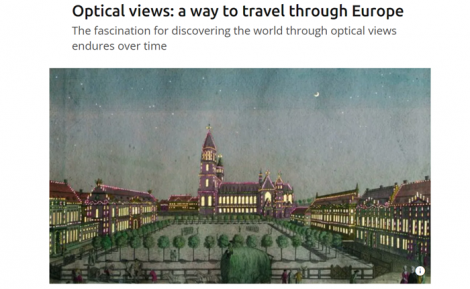
img. from Europeana website
As part of the EUreka3D project, a blogpost authored by Helena Nogué (CRDI – Ajuntament de Girona) was recently published on Europeana.
The blogpost showcases how optical views were used in 18th and early 19th century by people who were not able to travel in order to see the most famous cities and capitals of that time and to satisfy their hunger for knowledge.
Read the blogpost here.
![]() EUreka3D project is co-financed by the Digital Europe Programme of the European Union.
EUreka3D project is co-financed by the Digital Europe Programme of the European Union.



